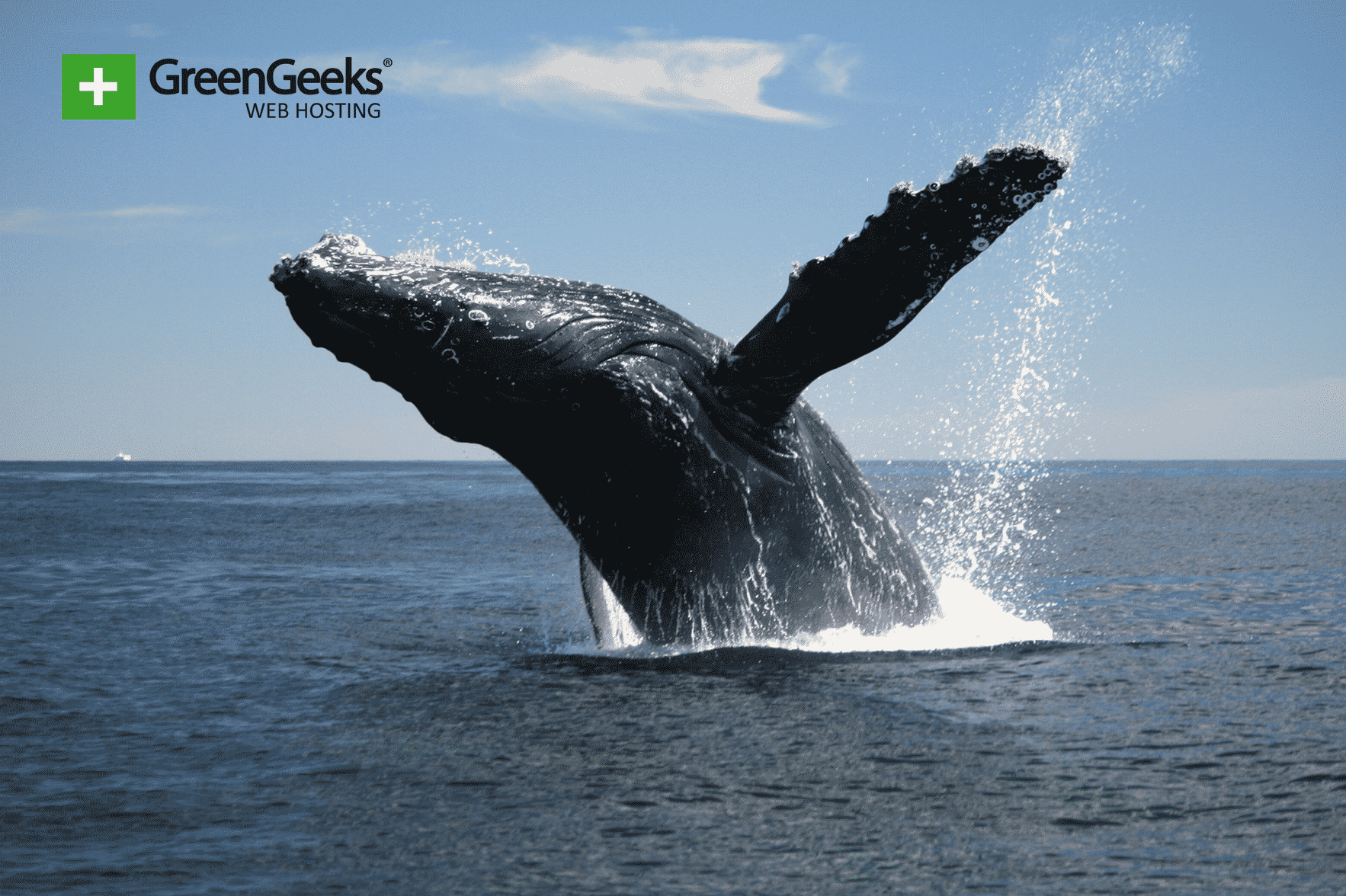
After almost being driven to extinction, the humpback whale population has almost fully recovered. In fact, it has been restored to 93% of pre-exploitation levels according to a new report.
This is a huge victory for conservation groups because it shows that their efforts are having a real impact. On top of that, it proves that with the proper methods, you can control animal populations.
What Brought them So Close to Extinction
Excessive whaling is completely to blame for their extremely sharp population decline. In particular, from the early 1700s to 1950s, the humpback whales were hunted close to extinction.
It wasn’t until 1966 when commercial whaling of humpbacks was banned. By 1970, the species was listed as endangered.
And of course, they were not the only victims of whalers during this period.
The humpback was a particularly easy target for whalers to hunt. It was slow-moving and has excessive body fat when compared to other whales in the area.
Thus, it was the preferred target of whalers. As the whaling community grew more advanced and started using explosive harpoons, the rate at which the whales were being killed skyrocketed.
At its lowest point, the population was estimated as low as 440 whales in 1958. As of today, the population stands at a strong 25,000 thanks to conservation efforts.
Proof that You Can Save a Species from Extinction

Without a doubt, this study has highlighted the fact that you can bring a species back from the brink of extinction. However, this does raise the question of the impact this will have on food sources.
For over 25 years, penguins and seals have had a very small amount of competition when it came to food near the South Georgia islands.
Obviously, the resurrection of the humpback whale population will have a serious impact on krill, their main food source in the area. Understanding this impact is necessary to avoid unintended consequences of a species revival.

